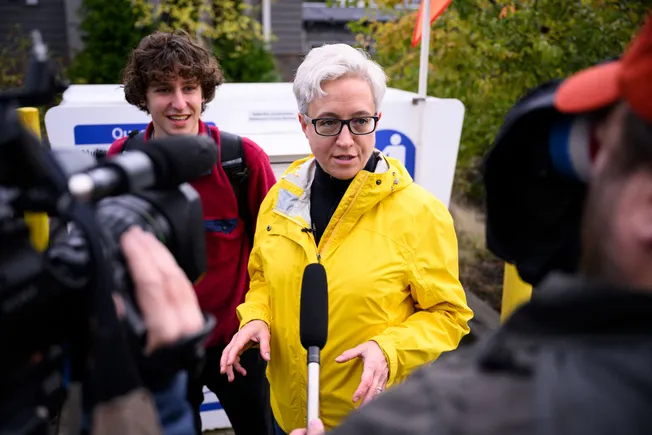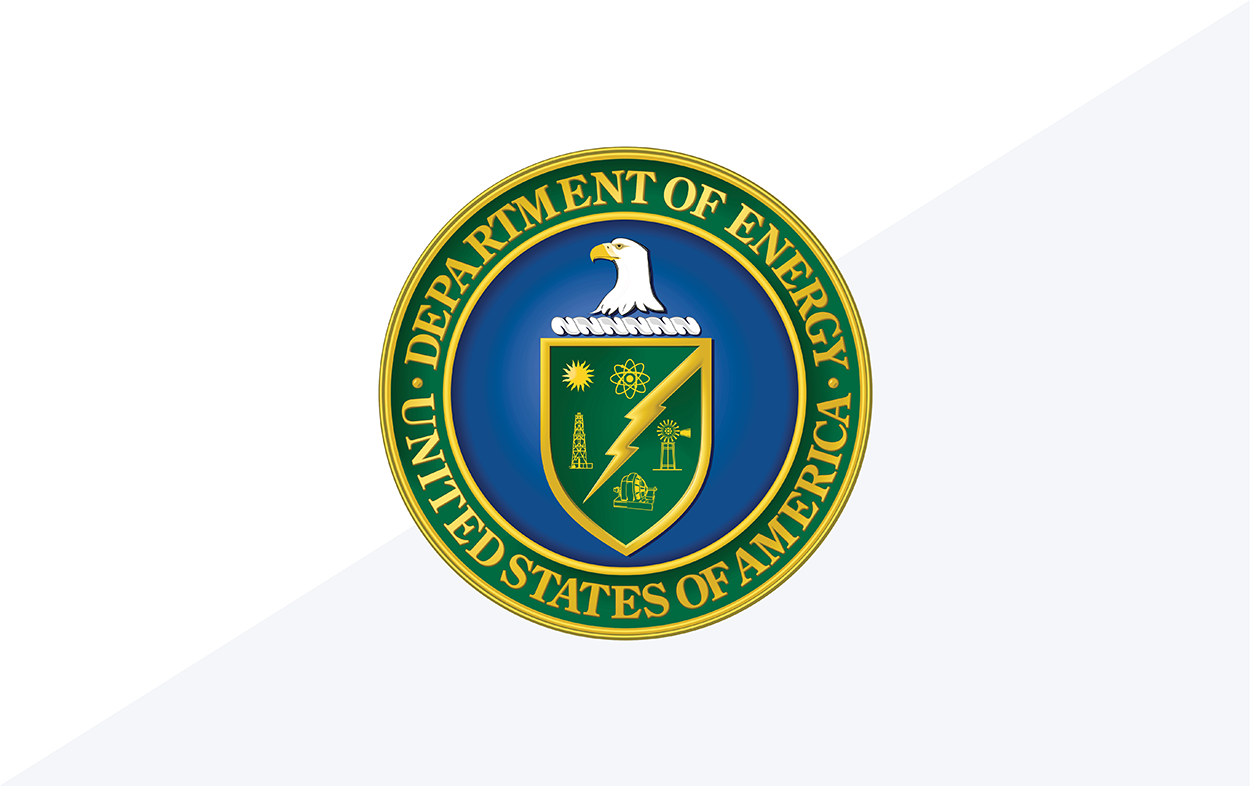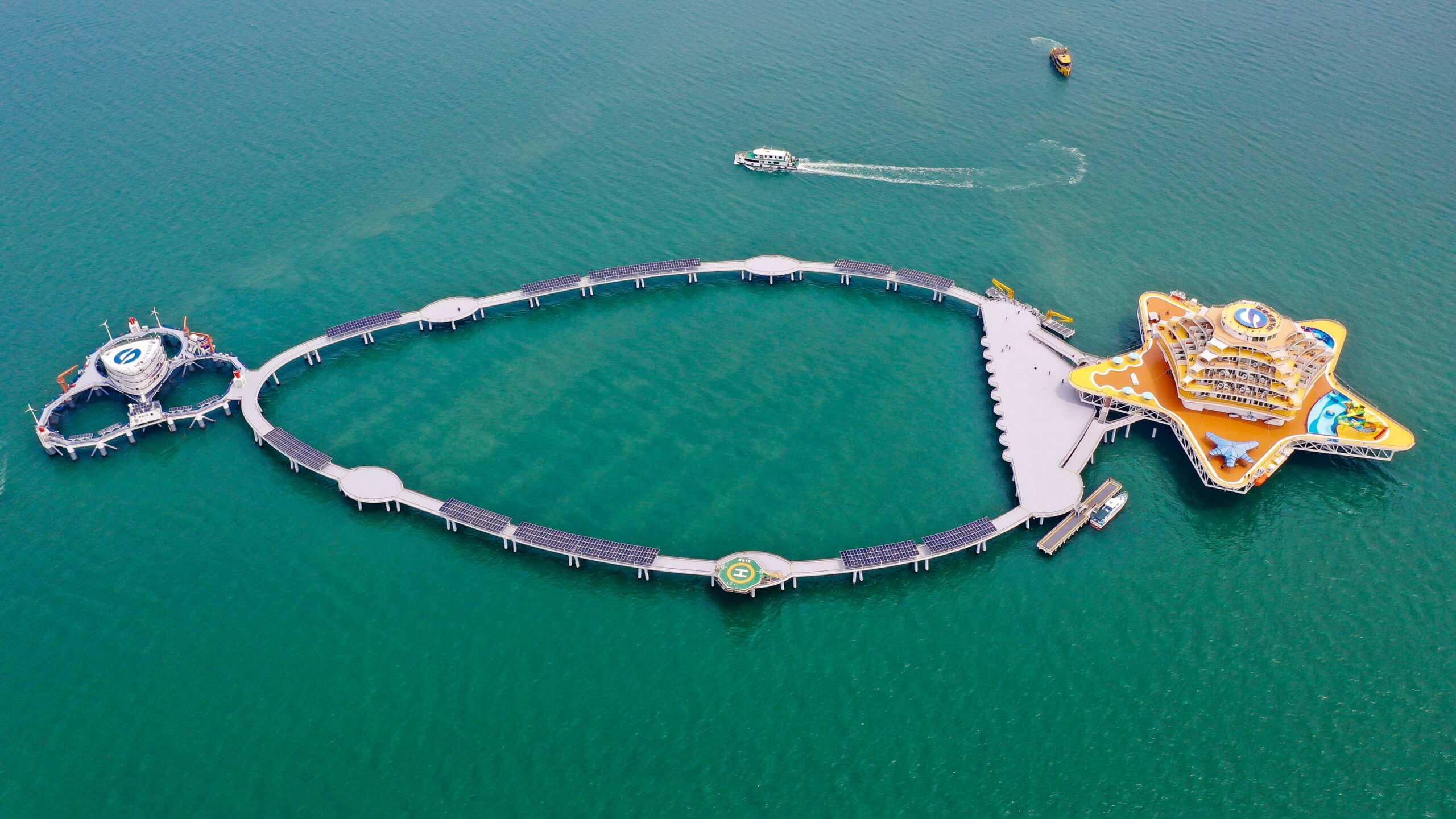
President Donald Trump’s sweeping $3.4 trillion fiscal package is already creating opportunities for segments of the energy and climate industries that had fallen out of favor, struggled to grow or haven’t managed to break through.
The tax and spending law signed on July 4 provides a lifeline to a coal industry that’s long been squeezed by cheaper renewable and natural gas-fired power. The law provides a boost to nuclear — a sector that had regained investor and political support before Trump’s return to the White House, but has yet to translate that enthusiasm into much domestic growth in electric capacity. And the law may actually help advance an unproven and risky planet-cooling system that has lived in the shadows for decades — geoengineering.
Coal
While Trump has consistently supported coal, the industry struggled during his first term. The new law, however, directly and indirectly takes steps to arrest its decline.
The legislation phases out tax credits for wind and solar, which may diminish their economic edge over coal. It also adds metallurgical coal that’s used to make steel to the list of critical minerals qualifying for tax credits.
The law is the latest Trump move to prop up the fossil fuel. In April, he signed an executive order pushing for coal-fired electricity for data centers.
His administration also intervened to stop the retirement of a coal-fired power plant. Industry supporters hailed the decision as a way to cushion an occasionally stressed electric grid, but the carbon emissions from burning the dirtiest fossil fuel endanger the climate. Such a move also risks increasing local energy prices, says Leah Stokes, an associate professor at the University of California, Santa Barbara, who specializes in energy and climate change.
Nuclear
Just a few years ago, aging nuclear reactors were facing down extinction. Now, the AI boom has revived interest in carbon-free power plants capable of providing round-the-clock electricity, leading to efforts to revive two shuttered plants. But only two new traditional reactors have been added in recent years in the US, and none are in the works.
Trump’s law extends support for nuclear while hurting clean competitors wind and solar, boosting atomic’s competitiveness. The law follows Trump’s May executive order calling for reforms at the US Nuclear Regulatory Commission, a move intended to nudge the slow-moving agency to act with alacrity to approve plants. Soon after, New York Governor Kathy Hochul — a Democrat — announced the state would push to build a nuclear power plant.
Still, a lot will have to go right for nuclear to scale up successfully, even with policy support. Part of the challenge includes a provision in Trump’s law limiting projects from receiving tax credits if “foreign entities of concern” are involved, which creates uncertainty for investors.
Geothermal
Geothermal energy has long tantalized environmentalists. The Earth’s heat is clean and abundant, and harnessing it can provide electricity without interruption. But it’s proven difficult and expensive to demonstrate sufficient resources for it to make inroads on the grid.
In the past few years, hopes for geothermal have increased. Some startups are now using fracking techniques pioneered by the oil and gas industry. That’s helping expand the geography of potential projects.
Like nuclear, geothermal is exempt from the tax credit phase-out that applies to wind and solar. It also enjoys the support of US Energy Secretary Chris Wright, who has said a mature geothermal industry “could help enable AI, manufacturing, reshoring and stop the rise of our electricity prices.” (Wright formerly ran Liberty Energy Inc., which invested in geothermal startup Fervo Energy during his tenure as chief executive officer.)
Because of its technological overlap with fossil fuel industries, “it is an area where you can use people and technology and patents and skills” to boost renewable energy, Stokes says. That transferability is an appeal for Wright, she adds.
Geoengineering
Trump’s law won’t just alter the US energy landscape. It has the potential to reshape the international climate order, including bringing the prospect of a risky gambit to cool the planet closer to reality.
In a note about the law’s impacts, research firm ClearView Energy Partners said the law boosts the chances the world will move to dim the sun, a technique known as geoengineering. It’s an idea that’s long been fringe, and the majority of science shows there are many risks to the untested technology. But rising temperatures and Trump’s fossil fuel push could change perceptions.
“A warming world could present mounting challenges for elected officials,” the analysts at ClearView wrote. “In response to public discontent with a rising incidence of fires, floods and freezes, leaders might become increasingly willing to intervene directly in the climate system via stratospheric aerosol injection and other geoengineering protocols.”
While ClearView didn’t suggest Trump will pursue the intervention, it said geoengineering would enable the US to power AI with fossil fuels and still try to limit temperatures.
“To the extent that policymakers are still concerned about the implications of climate change and with transitions not transitioning fast enough, the once verboten subject of geoengineering may become more of a reality,” says ClearView Energy Partners Managing Director Timothy Fox.
To contact the author of this story:
Michelle Ma in Los Angeles at [email protected]
WHAT DO YOU THINK?
Generated by readers, the comments included herein do not reflect the views and opinions of Rigzone. All comments are subject to editorial review. Off-topic, inappropriate or insulting comments will be removed.




















